The Spring Festival, a time rich with cultural traditions, sees Spring Festival ceramics as a distinctive expression of its heritage. With deep historical roots and touching tales, this art form acts as a silent chronicle, carrying the memories and emotions of the Chinese people across millennia.
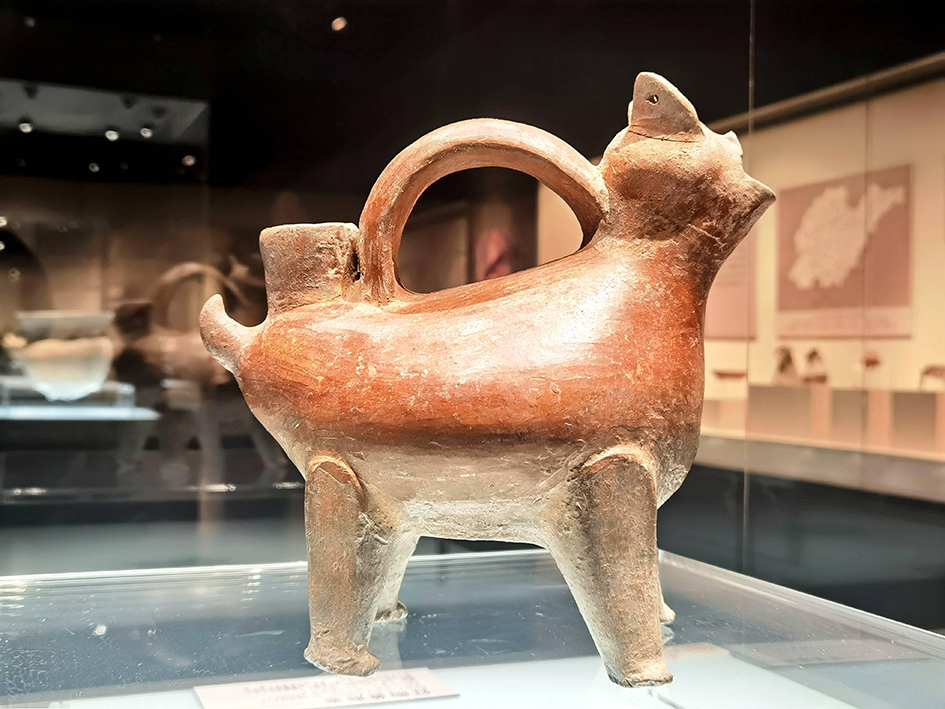
In prehistoric times, as human civilization began to rise, ceramics quietly emerged through the trials of daily life, soon intertwining with spring celebrations’rituals. During these primordial years, early people revered nature and sought blessings and protection at the dawn of a new year. They carefully shaped clay into the forms of robust livestock and abundant grains, offering these humble creations on simple yet solemn altars to express their deepest hopes to the divinities. These primitive clay sculptures, though rough and unrefined, encapsulated the ancestors’yearning for fertility and abundance. Like sparks of civilization breaking through chaos, they marked the origins of ceramics’bond with spring festivities, embarking on a cultural journey where clay and the Spring Festival share an enduring bond year after year and laying the foundation for its role as a vessel of folk culture.
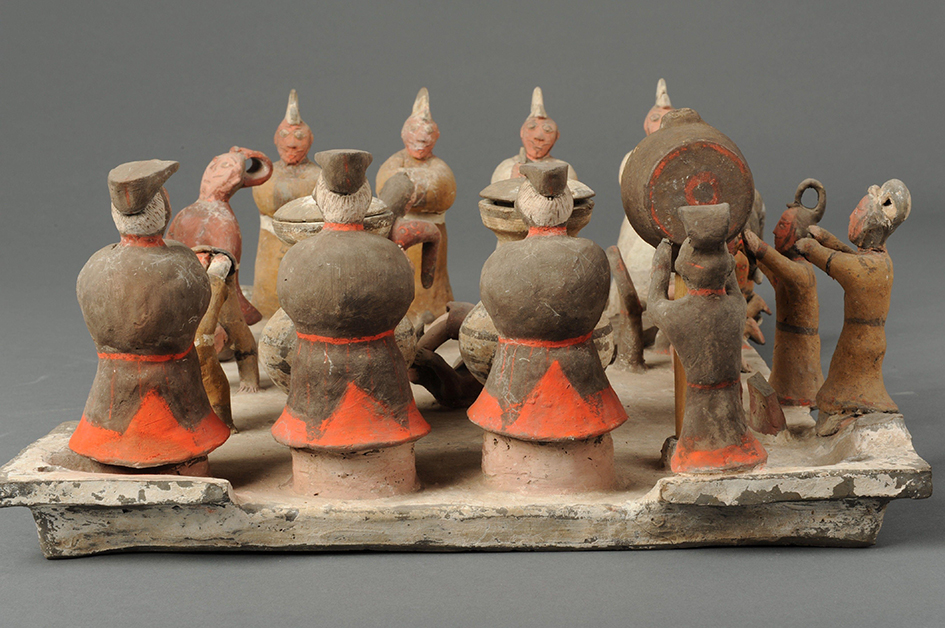
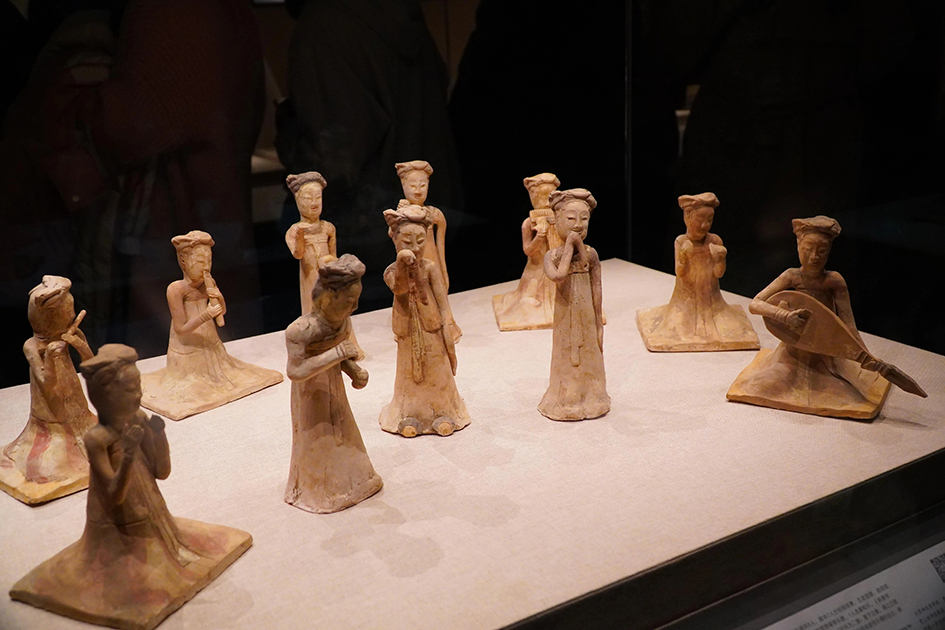
The Tang and Song dynasties, characterized by social prosperity and cultural vibrancy, nurtured the flourishing of Spring Festival ceramics, including its integration into Spring Festival traditions. Skilled ceramists showcased their extraordinary craftsmanship in imperial courts to enrich the celebrations. One notable array, the “ceramic figurines of New Year performances,”exemplifies their ingenuity. With exceptional craftsmanship, ceramists have intricately condensed the lively scenes of bustling street performances and folk entertainment into ceramic creations’ confined yet exquisite space. Each ceramic figurine is meticulously detailed, capturing the lifelike gestures and expressions of the characters. It feels as if, at any moment, one could hear the thrilling sounds of acrobats leaping and tumbling or the witty banter and playful antics of comedic performers. These ceramic figurines are solemnly displayed in the imperial courts’s Spring Festival banquet hall. Amidst dazzling lanterns and exquisite delicacies, they radiate a unique artistic charm. Not only do they enhance the festive atmosphere with a rich sense of celebration, but they also reflect the royal appreciation and reverence for folk culture. During this period, Spring Festival ceramics continually absorbed the refined elegance of court culture and the vibrant energy of folk art, achieving a rich fusion of artistic styles and a significant elevation of aesthetic depth. It marked a splendid transformation from humble folk creations to sophisticated courtly art. As a result, its cultural significance and artistic value reached new heights, establishing it as a radiant gem in the treasure trove of Chinese traditional culture.
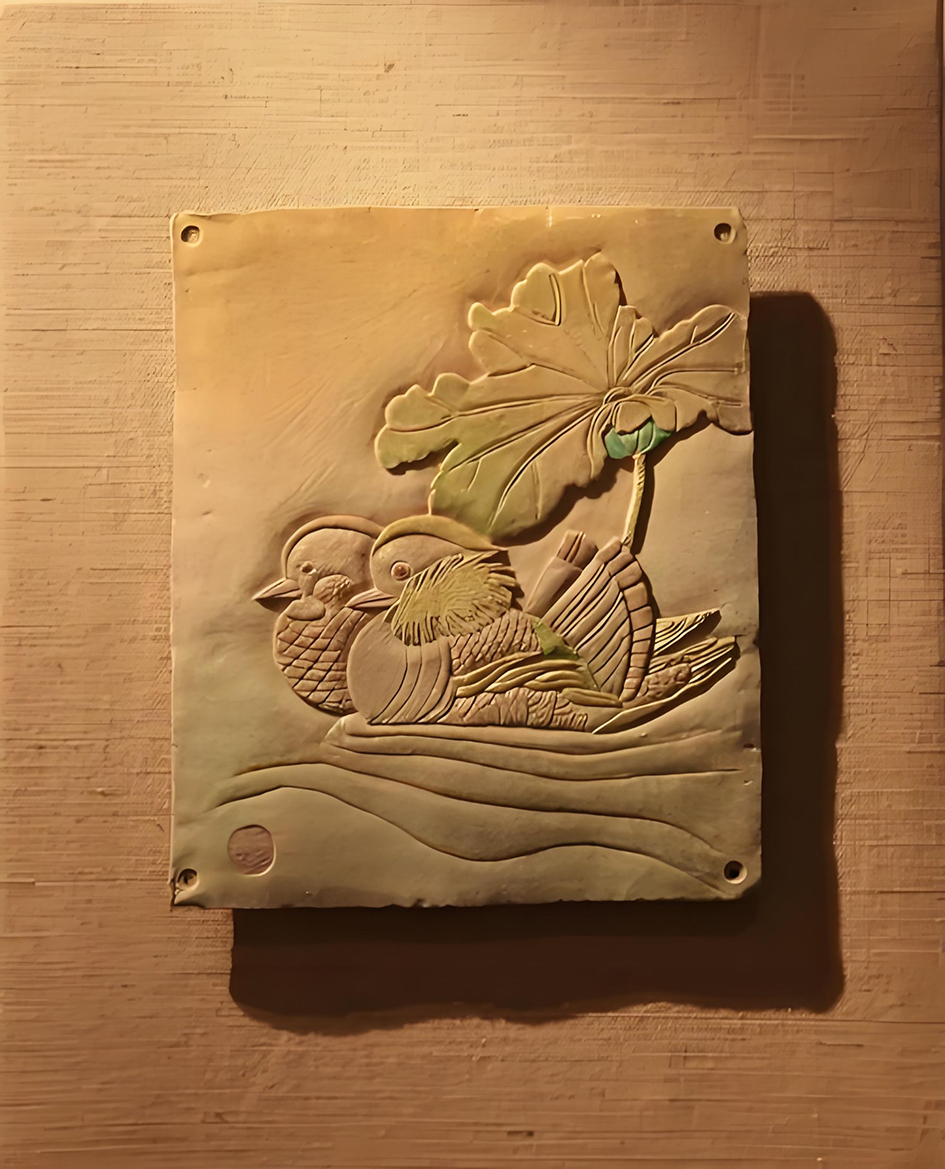
From the Ming and Qing dynasties onward, Spring Festival ceramics spread like a spring breeze across the land, taking root and flourishing among the people. They blossomed into a vibrant array of regionally distinctive styles. In northern towns and villages, creating“ceramic Chinese zodiac window decorations” became a cherished custom for welcoming the new year. Ceramists selected fine, sheet-like clay and meticulously crafted lifelike and diverse Chinese zodiac figures using masterful carving techniques passed down through generations. They then ingeniously hollowed out the interiors, allowing the sculptures to reveal delicate and translucent light and shadow effects when illuminated by sunlight. On New Year’s Eve, when these window decorations, imbued with blessings and hope, were solemnly affixed to the window lattices, they seemed to embed the ancient houses with the vibrancy of life. As the first rays of the New Year’s sunlight gently filtered through, vivid silhouettes of the Chinese zodiac came to life within the room, as if auspicious creatures had arrived bearing blessings. They protect the family with peace, prosperity, and well-being in the year ahead. These radiant shadows add a touch of warmth and mystery to the cold winter days, embodying people’s heartfelt hopes for the cycles of time and the renewal of the Chinese zodiac.
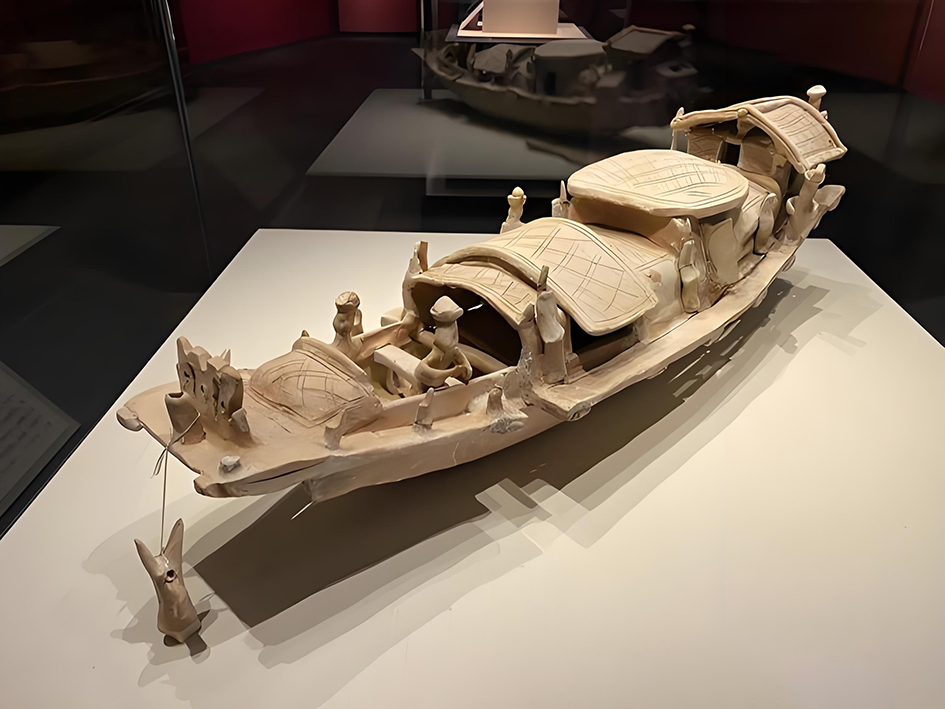
In the gentle waterways of the southern countryside, the tradition of creating “ceramic spring boats delivering blessings,”like a gentle and graceful pastoral melody, flowed slowly through the moments of the Spring Festival. Skillful ceramists used fine clay to craft exquisite, delicate boats, each meticulously adorned with unique figurines rich in symbolism. These figures represented family reunions and the blessing of abundant descendants. The boats were also filled with fresh, plump fruits and vegetables, symbolizing abundance in life and bountiful harvests year after year. During the Spring Festival celebrations, amidst the sound of firecrackers, these ceramic spring boats, laden with blessings, were gently placed into the softly flowing river. Carried by the rippling waters, they drifted gracefully into the distance. They seemed like messengers of fortune, carrying the riverside families’prayers and hopes for the New Year to the far corners of the land and embodying wishes for favorable weather, peace, prosperity, and abundant blessings in the year ahead. This tradition highlights southern water towns’ unique regional charm and folk culture and reflects the people’s simple aspirations and poetic imagination for a better life. Like a vivid painting of the Spring Festival in the water towns, it seamlessly blends Spring Festival ceramics with local culture. It is deeply rooted in the fertile soil of folk traditions, serving as a vibrant carrier of regional cultural heritage and a vivid example of the rich diversity of Chinese culture.

Spring Festival ceramics, a cultural treasure that withstood millennia of history and storms, evolved from ancient sacrificial offerings to artistic treasures in the Tang and Song dynasties and later became a medium for emotional expression in folk culture since the Ming and Qing dynasties. Its forms have continuously enriched and innovated while its connotations have deepened and extended. Each piece of Spring Festival ceramics encapsulates the deep affection of the Chinese people for the Spring Festival, their love and dedication to everyday life, and their beautiful aspirations for the future. It is like a silent song of time, singing the cultural genes and spiritual essence of the Chinese nation and becoming an indispensable and essential chapter in the cultural narrative of the Spring Festival. Throughout history, it continues to radiate captivating artistic charm and cultural brilliance, allowing each Spring Festival celebration to be infused with ceramic craftsmanship’s ancient and warm atmosphere. It tells the enduring story of the Chinese nation’s long-standing and unbroken cultural heritage.